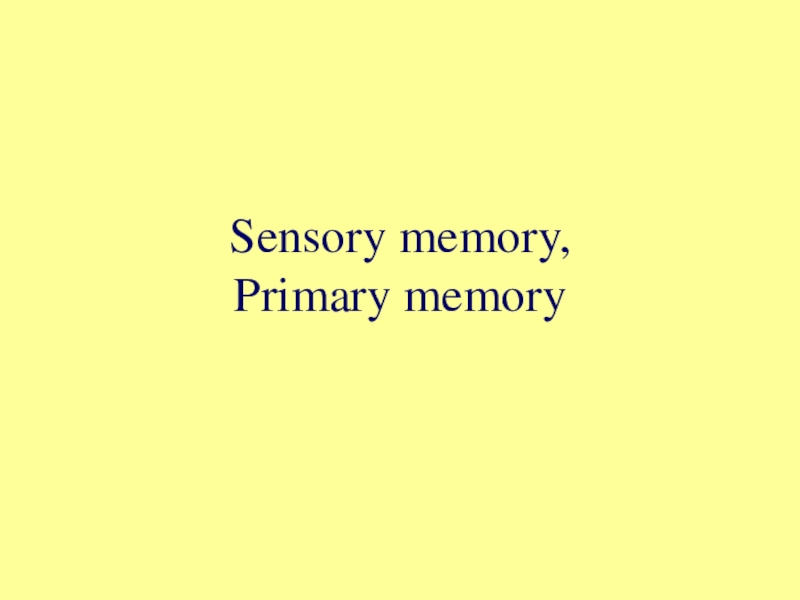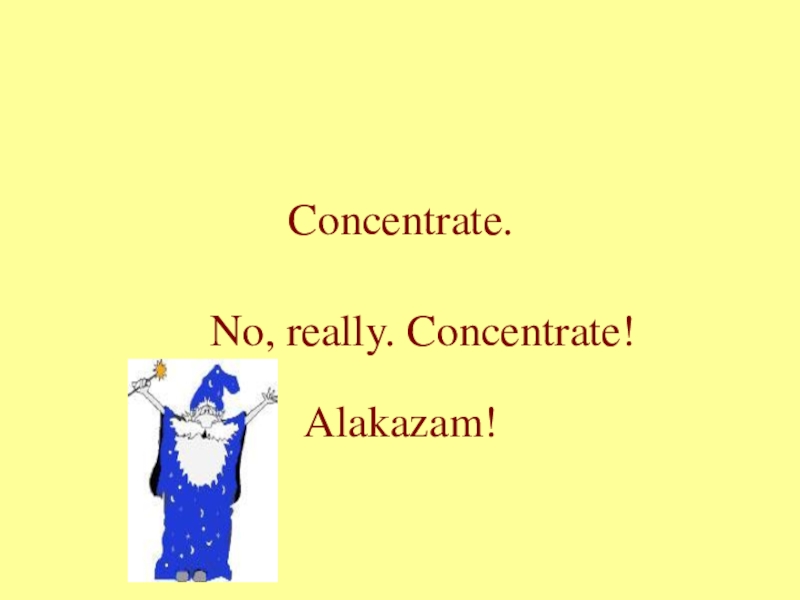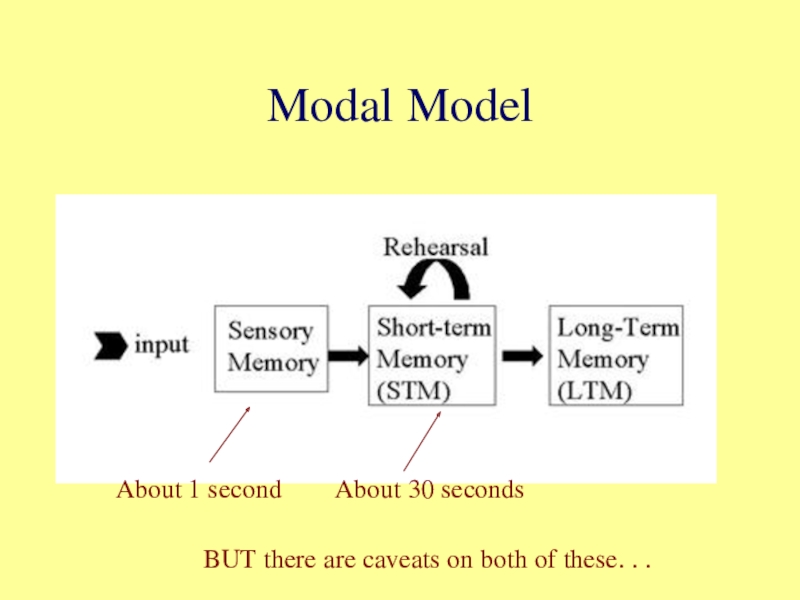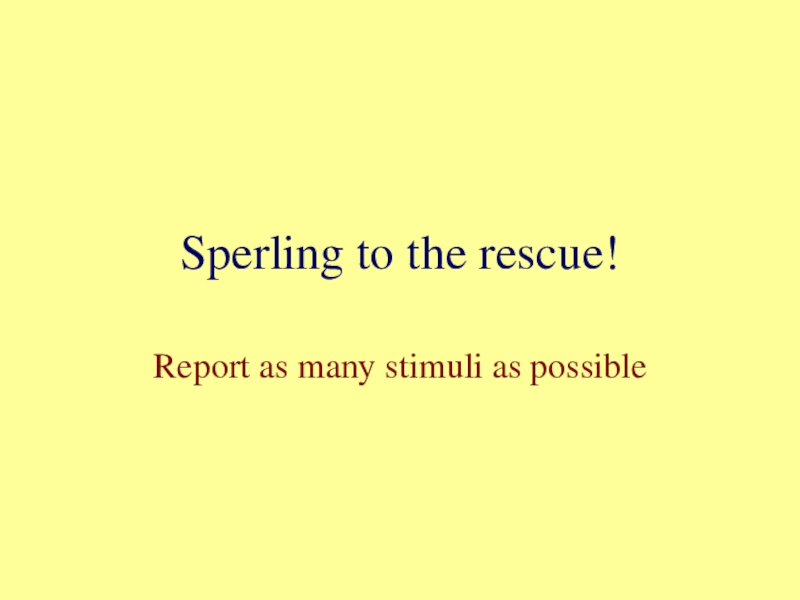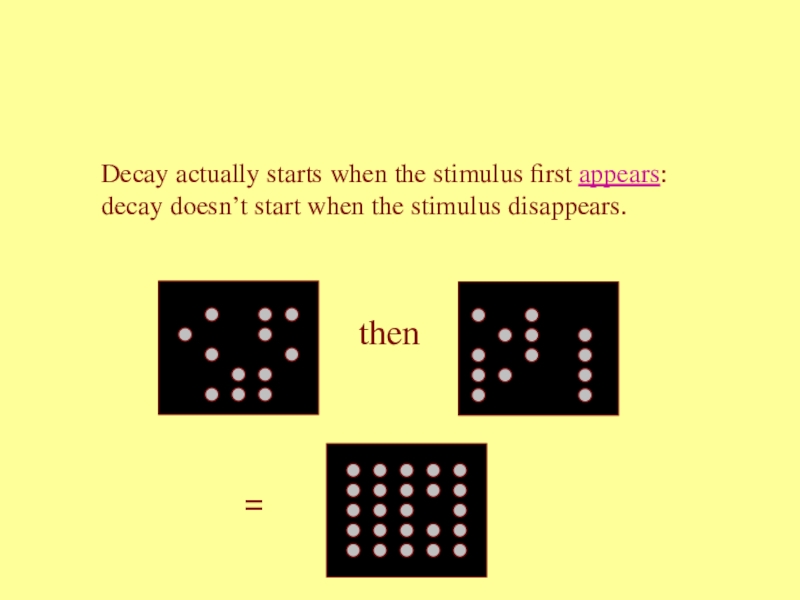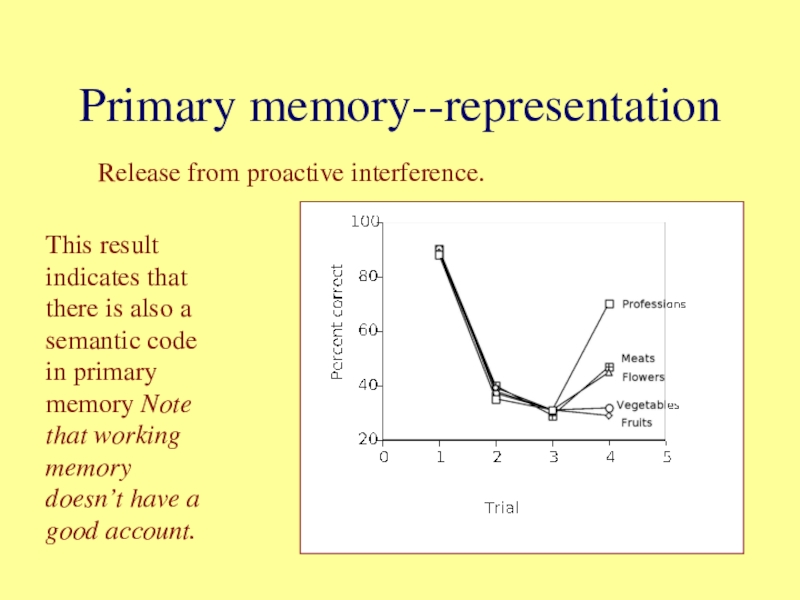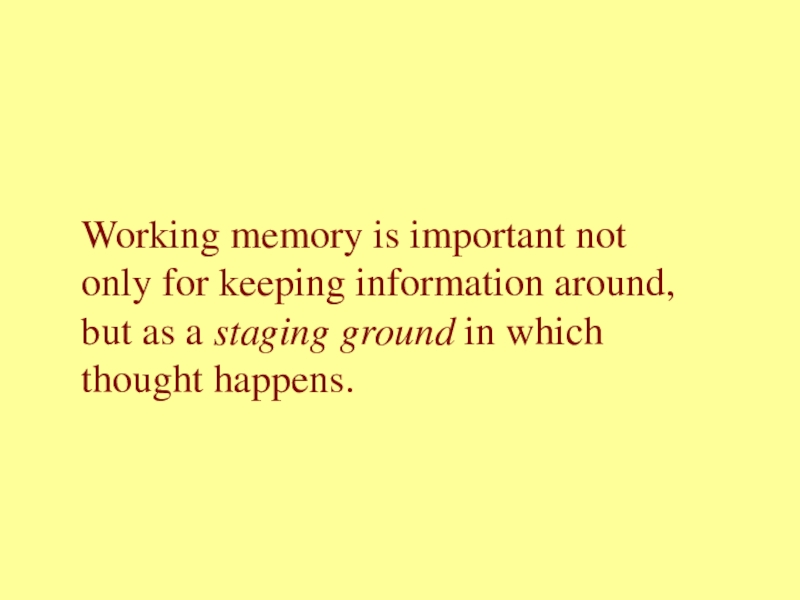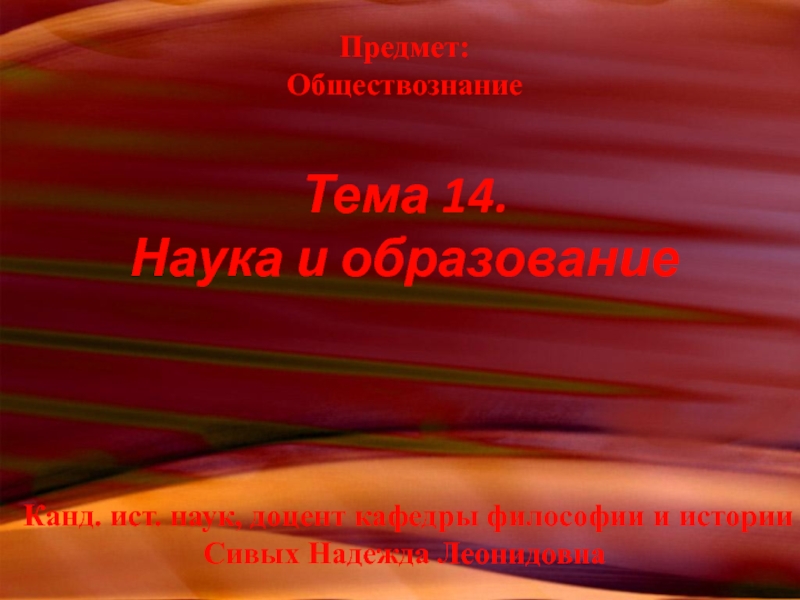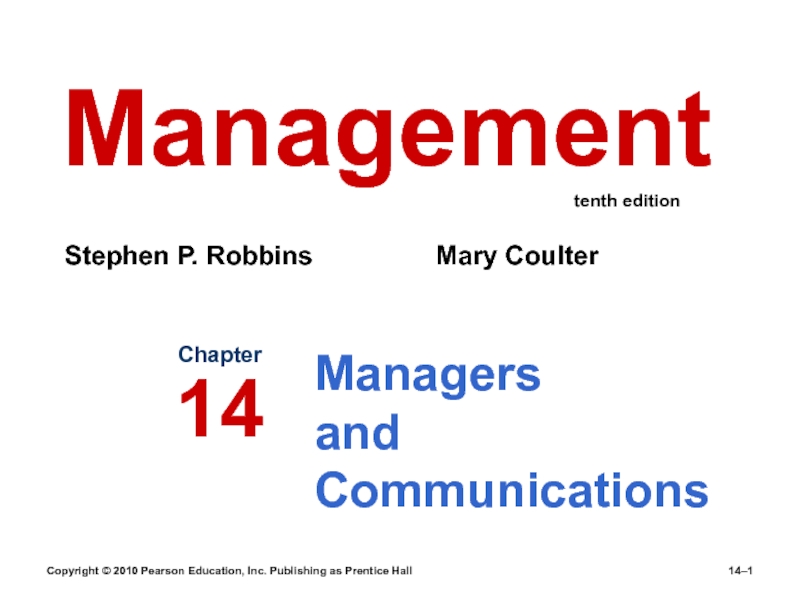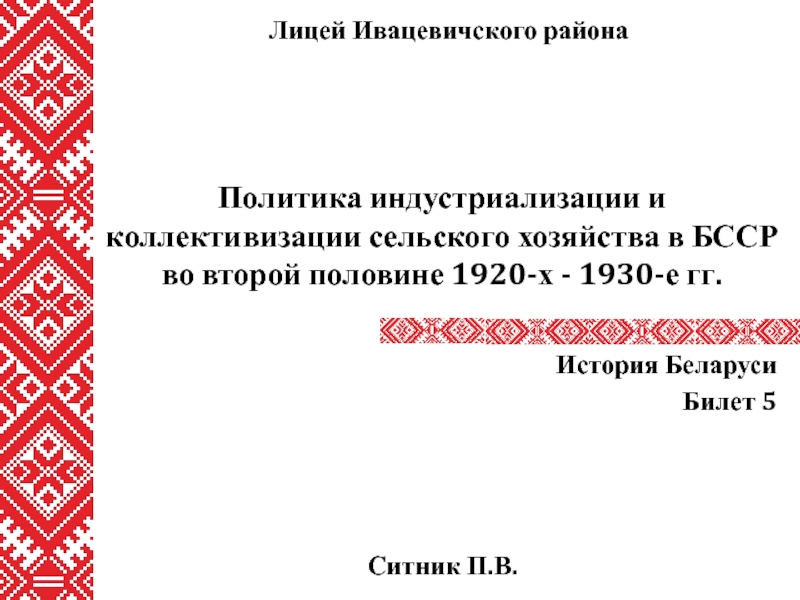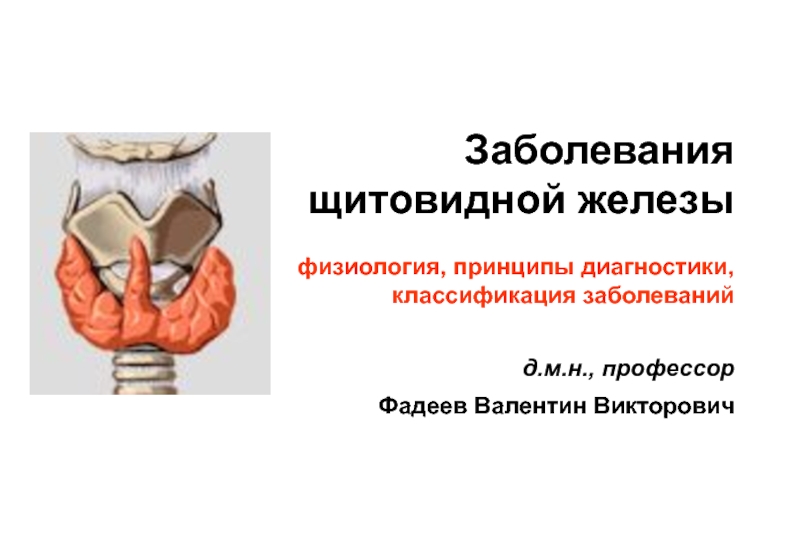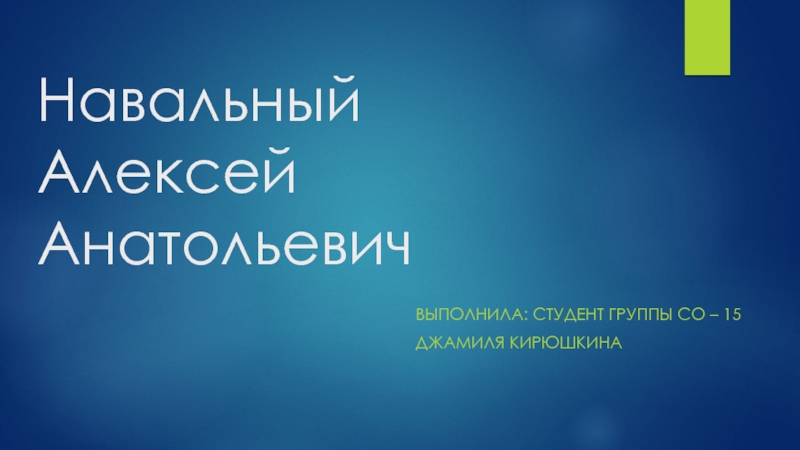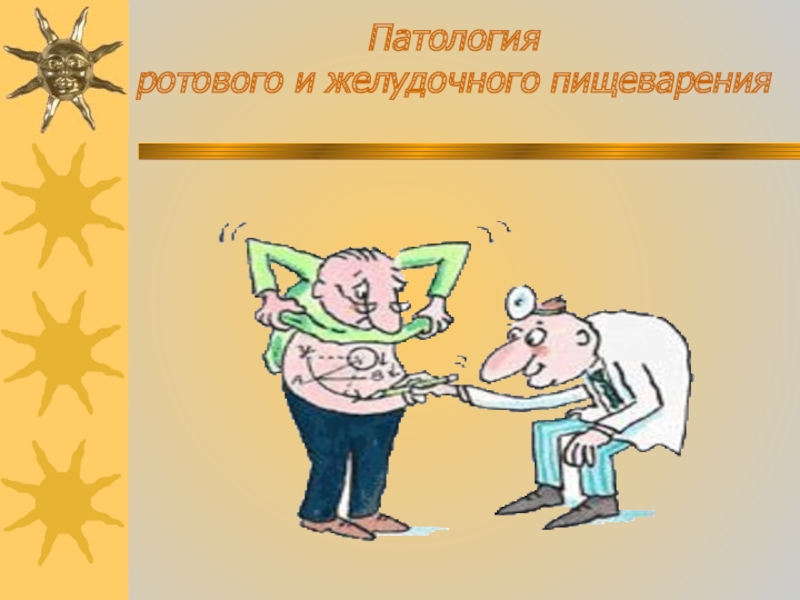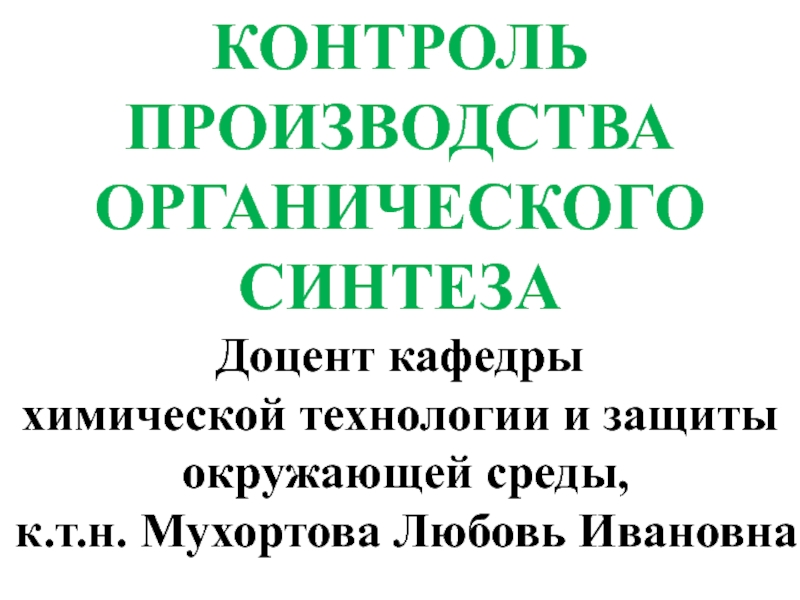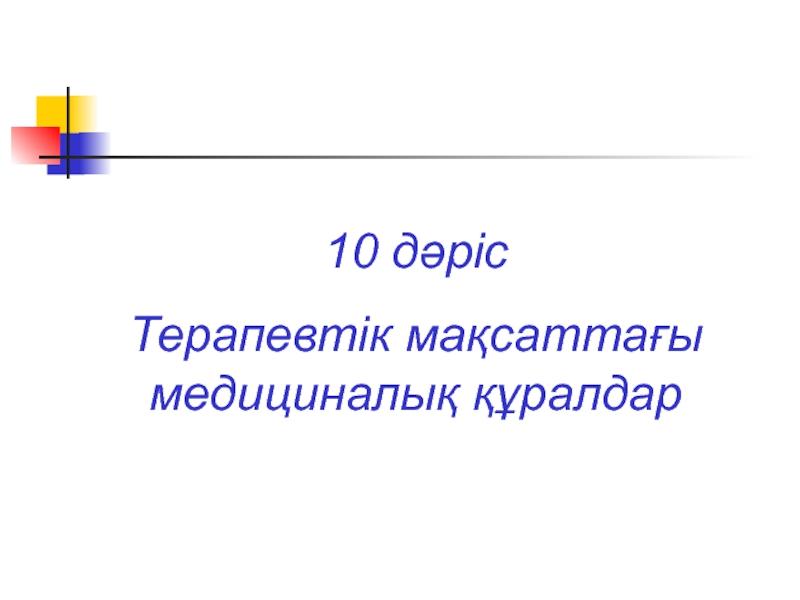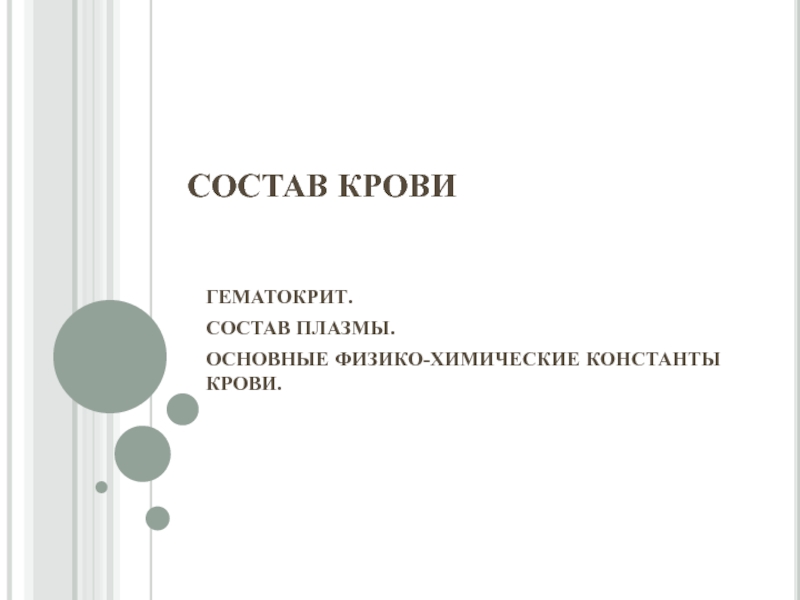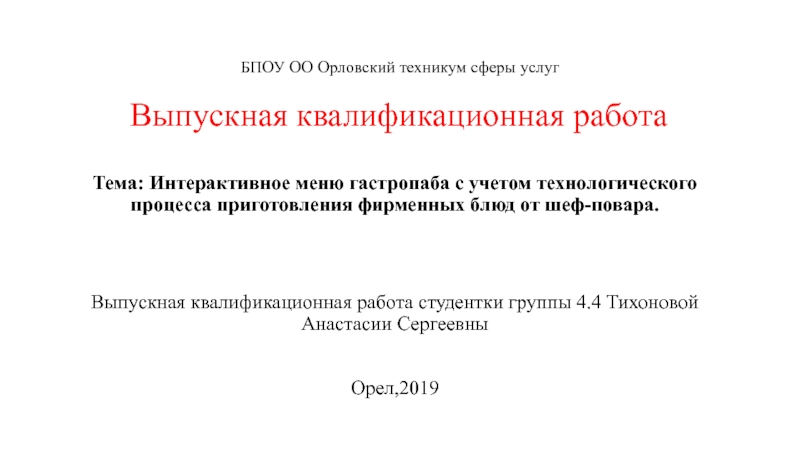Разделы презентаций
- Разное
- Английский язык
- Астрономия
- Алгебра
- Биология
- География
- Геометрия
- Детские презентации
- Информатика
- История
- Литература
- Математика
- Медицина
- Менеджмент
- Музыка
- МХК
- Немецкий язык
- ОБЖ
- Обществознание
- Окружающий мир
- Педагогика
- Русский язык
- Технология
- Физика
- Философия
- Химия
- Шаблоны, картинки для презентаций
- Экология
- Экономика
- Юриспруденция
Sensory memory, Primary memory
Содержание
- 1. Sensory memory, Primary memory
- 2. TodaySensory memory and its characteristicsWorking memory--a specific model of primary memory.
- 3. We’ve talked about perception. . . how
- 4. ExamplePick a card, any card
- 5. Concentrate. No, really. Concentrate! Alakazam!
- 6. I have removed your card!
- 7. The “trick”
- 8. The pointThis trick is based on your
- 9. These examples begin our study of memory—how
- 10. Modal ModelAbout 1 secondAbout 30 secondsBUT there are caveats on both of these. . .
- 11. Early span of apprehension studiesBackground: introspectionists were
- 12. Span of apprehensionWork like this continued in
- 13. Sperling to the rescue!Report as many stimuli as possible
- 14. Слайд 14
- 15. G 9 W XQ P 4 02 N 7 Z
- 16. Report
- 17. Now try again, but I’ll ask you to report only one of the rows.
- 18. Слайд 18
- 19. L R 3 UY 8 F 2 C 1 D 6
- 20. Слайд 20
- 21. Sperling 1960
- 22. Properties of Iconic memoryLarge capacity--can be pretty
- 23. Decay actually starts when the stimulus first appears: decay doesn’t start when the stimulus disappears.=then
- 24. Iconic memory decays at onset of stimErrors increase as duration of first display increases
- 25. Visual PerceptualRepresentationsVisual PerceptualRepresentationsYou might think it is
- 26. How about primary memory?
- 27. Primary memoryBest theory of primary memory is
- 28. The Working Memory modelMuch of what we
- 29. Try this: Try to remember:9 4 2 7 9 6 1
- 30. Most people will code this auditorily, that is, in terms of sound
- 31. Phonological LoopThe phonological loop has two componentsThe
- 32. PredictionsSince the store lasts 2 seconds, people
- 33. How else to code?What do you do
- 34. Demonstration of meaning coding
- 35. Primary memory--representationRelease from proactive interference.This result indicates
- 36. Visuo-spatial sketchpadThis is where you store visual
- 37. Слайд 37
- 38. Central executive
- 39. SpatialAuditoryWorking memory = sustained activation of representations.Semanticexecutive
- 40. Working memory is important not only for
- 41. Central executiveCognitive supervisor and/or scheduler, integrating information
- 42. Скачать презентанцию
TodaySensory memory and its characteristicsWorking memory--a specific model of primary memory.
Слайды и текст этой презентации
Слайд 2Today
Sensory memory and its characteristics
Working memory--a specific model of primary
memory.
Слайд 3We’ve talked about perception. . . how much of what
you perceive and attend to do you remember?
Слайд 8The point
This trick is based on your not remembering something
that you just encoded. . . A failure of primary
memoryСлайд 9These examples begin our study of memory—how we retain experience.
Today we’ll talk about memory over very short periods of
time—from 1 second to about 30 seconds.Слайд 11Early span of apprehension studies
Background: introspectionists were interested in how
much information could be in consciousness at one time.
Jevons’
estimate = 100 % accuracy with 5 beans or less
50% accuracy w/ nine beansСлайд 12Span of apprehension
Work like this continued in the early part
of the century; span estimates were always the same,but there
was a nagging feeling that something was missing from these experiments.Subject frequently said they felt that they saw more stimuli, but quickly forgot them. As they were reporting some stimuli, they were forgetting others.
Слайд 22Properties of Iconic memory
Large capacity--can be pretty accurate on arrays
up to 20 characters
Physical properties; probably little semantic.
Lost through decay
or maskingСлайд 23Decay actually starts when the stimulus first appears: decay doesn’t start
when the stimulus disappears.
=
then
Слайд 25Visual
Perceptual
Representations
Visual
Perceptual
Representations
You might think it is sustained activation of
representations
It is probably sustained activation of processes
Слайд 27Primary memory
Best theory of primary memory is
The working memory
model
This is better than short term memory from modal
model (which sounds generic, but is a specific model).Слайд 28The Working Memory model
Much of what we know about primary
memory was inspired by a particular model of primary memory
called Working memoryСлайд 31Phonological Loop
The phonological loop has two components
The phonological store stores
about two seconds worth of auditory information.
Information can enter
the phonological store from the environment.Information can also be entered into the phonological store via the articulatory control process; it is literally the process of talking to yourself.
Слайд 32Predictions
Since the store lasts 2 seconds, people who can talk
fast have larger capacity
Since the store lasts 2 seconds, anyone
has small capacity for long wordsSince the store is auditory, you should confuse words that sound alike (cap, cat, can)
If you busy the articulators (blah blah blah) the articulatory control process can’t put anything on the phonological store, so you’re forced to code the words some other way: lo and behold these effects disappear.
